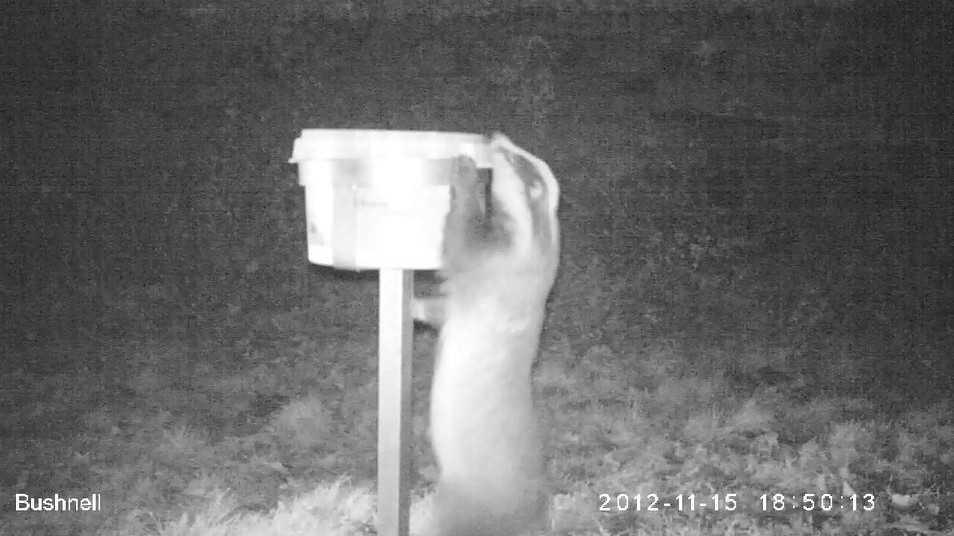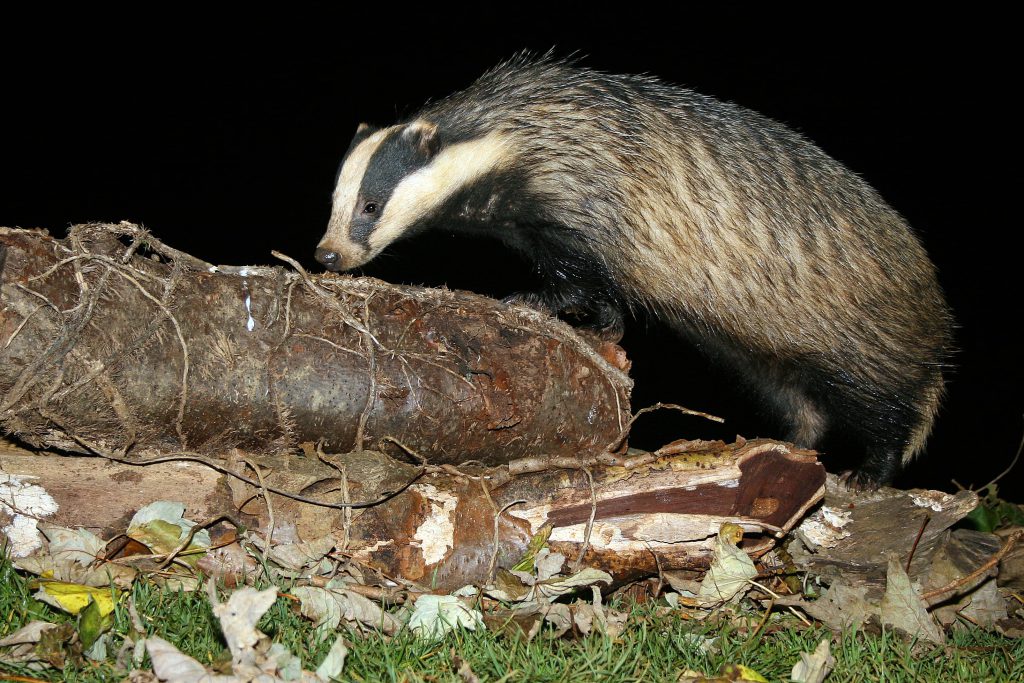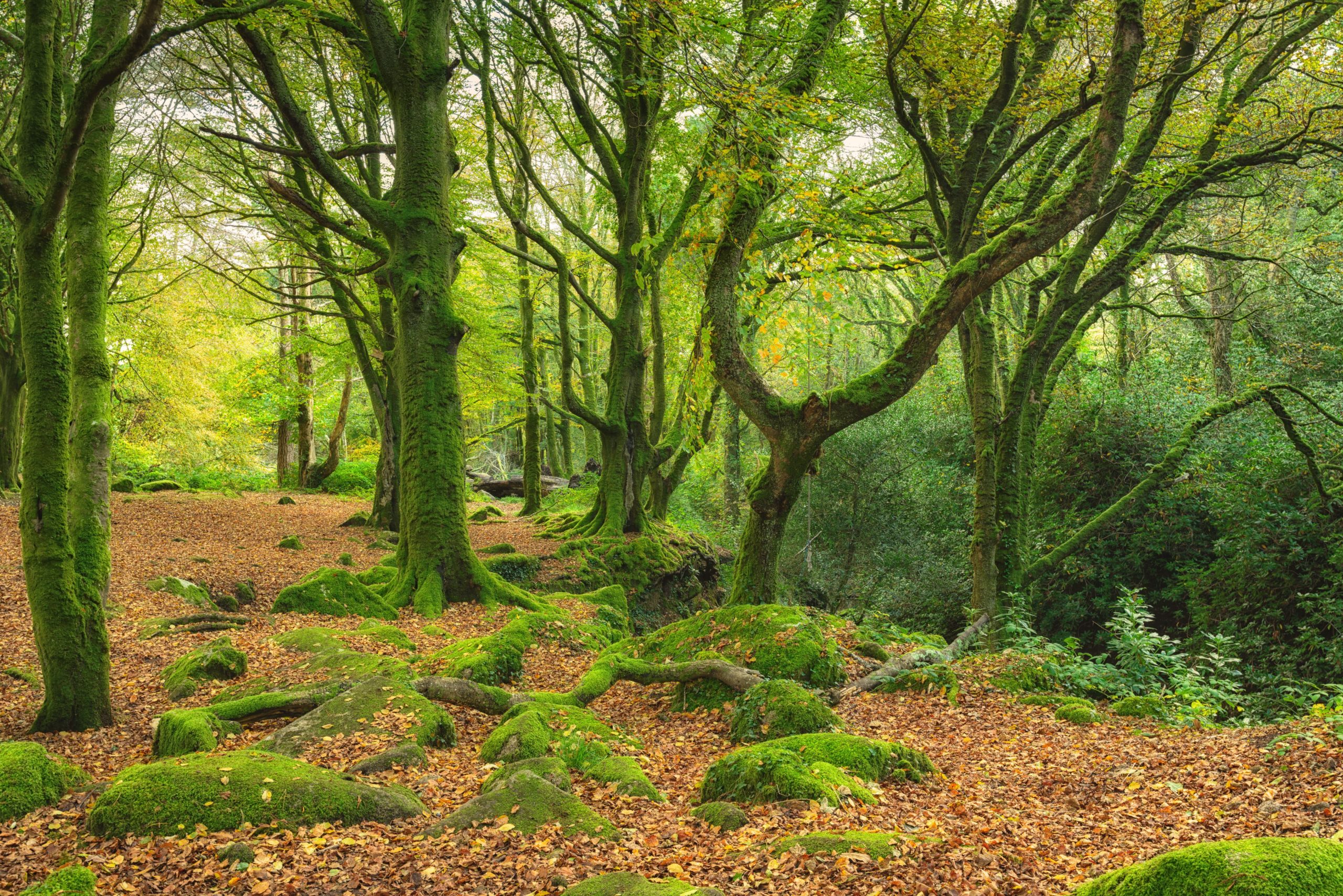Why do this?
TB-infected badgers may excrete M. bovis bacteria in sputum, urine, faeces and discharges from bite wounds. Transmission to cattle can occur via direct contact with infected badgers (e.g. nose-to-nose) or indirect contact with material (e.g. feed or water sources) contaminated by badger excretions. In the High Risk Area (HRA) of England, there is a recognised reservoir of M. bovis infection in badgers. There is also evidence that some badger populations in the Edge Area are infected with M. bovis. It is therefore important in these areas to minimise the risk of TB infection being transmitted from badgers to cattle. In some places, it is also important to limit exposure of cattle to other wildlife which potentially could transmit TB (e.g. deer, feral wild boar), although these are not currently major reservoir species in Great Britain.
Although the prevalence of TB infection in badgers in the Low Risk Area (LRA) is probably low, meaning they don’t represent an important source of infection for cattle, it is still important to minimise the opportunity for contact between badgers and cattle. This is to prevent new infection becoming established in the badger population, for example through the disease passing from TB-infected purchased cattle to local badgers, and then spreading within the badger population.
How to reduce your risk

Find out if badgers visit your farm
Familiarise yourself with signs of badger activity. It may be helpful to mark the location of badger setts, latrines and runs on a map. This can be done gradually as you farm and will help to guide your decisions on grazing and selecting the most appropriate measures to reduce opportunities for contact between your cattle and badgers. In addition to surveying, wildlife surveillance cameras can be used to monitor badger activity, particularly around farm buildings.
Introduce barriers to restrict badger access to cattle
Open feed sources are an easy meal. Badger visits to farm buildings, especially feed stores, can be frequent and even if you don’t see them, they may still occur. To reduce the risk of visits, take these steps to limit access by badgers to your buildings:
- The sides of buildings, doors and gates should be of a smooth, solid construction to prevent badgers from climbing and at least 1.5 metres high. Various materials such as solid sheets of metal or plywood can be used to achieve this.
- Gaps should be no more than 7.5 cm to prevent badgers from gaining access. This includes gaps at both the bottom and sides of gates and doors.
- Ensure that there are hard surfaces under exclusion measures (e.g. concrete) to prevent badgers digging under them. Gates and doors should be kept closed, especially at night. These measures apply to buildings that house livestock, bedding materials and feed.
Permanent electric fencing can be used to exclude badgers from farm buildings, or in some cases restrict access by badgers to grazing pastures. Grazing will always carry a potential risk of transmission where TB-infected badgers are present. With electric fencing, the strands of wire should be at 10, 15, 20 and 30 cm above the ground. Any fencing should not obstruct badgers from accessing their setts. When considering the installation of permanent badger proof fencing, you need to think about whether this will have any impact on your ability to claim BPS (Basic Payment Scheme) payments on that area.
Your own knowledge and experience of your farm may suggest that specific pastures are particularly risky in terms of spreading TB to cattle, so grazing on these should be avoided if at all possible. An alternative may be to graze less susceptible stock in these areas, such as sheep. You may consider installing exclusion measures to prevent TB infection from cattle being transmitted to wildlife e.g. in areas where effluent or waste water drains from livestock, and where manure is stacked or stored. This will reduce the risk of creating wildlife reservoirs of TB in your area with the potential for spreading disease back to your herd or to other herds in the area. If you find dead badgers on your farm, contact your local authority for advice on disposal.
Limit access by cattle to badger latrines and setts

Fence cattle away from badger setts and latrines but don’t obstruct badgers from accessing their setts. When silaging, avoid mowing these areas as they may contain infectious material. The site of badger latrines may change over time and fencing may need to be moved. If possible, prevent cattle from grazing fields with a high level of badger activity.
As badger latrines are frequently located along linear landscape features such as field edges, the best option may be to prevent cattle grazing at fields boundaries altogether e.g. by use of temporary electric fencing.

Useful resources
- Badger biosecurity factsheets
- Badger fencing and BPS payments
- Biosecurity case studies